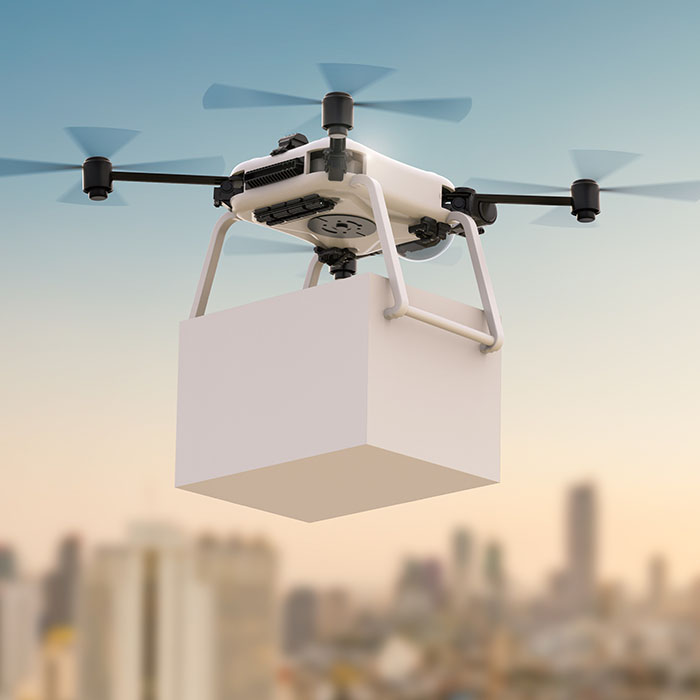October 4, 2020
Developing Digital Personnel through Re-education

Public support for recurrent education (re-education) that fosters digital human resources is spreading in Europe and the United States. As the new coronavirus spreads employment insecurity around the world, whether or not it is possible to shift employment from industries with high unemployment risk to the digital field where needs are expanding will directly lead to growth after COVID-19. This is also an urgent issue for Japan. The industry-government-academia collaboration is more needed than ever in Japan.
The reason why Europe and the United States are rushing to support re-education is that the change in employment needs is accelerating due to the COVID-19. Originally, the trend of digitalization in which human work is replaced by artificial intelligence and robots is progressing, and the shift of employment is in progress. A corona wreck occurred there, causing an overstaffing in the service industry such as eating out, which was required to restrict business.
Japan is no exception to the sudden change in employment needs caused by the corona virus. The Mitsubishi Research Institute estimates that the overstaffing of clerical workers will increase to more than 1 million in 2022. On the other hand, the shortage of professionals with digital technology is estimated to be about 500,000. In 2019, the government set a goal of raising 250,000 human resources with basic knowledge of AI annually by 2025, but the progress seems to be slow.
In the private sector, Hitachi has begun to start digital education for all 160,000 people in the group. With the advent of the digital age, the source of wealth will shift to data and knowledge. Fostering human resources that can respond to such changes is the key to growth after corona.








